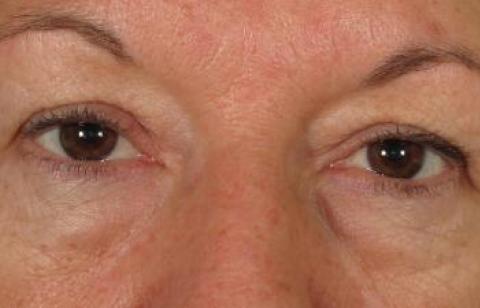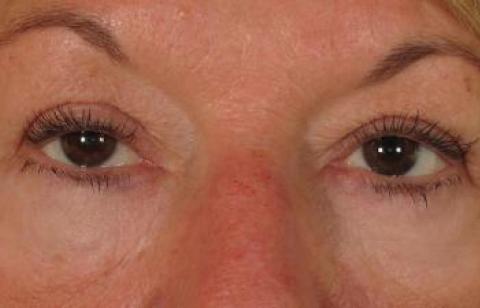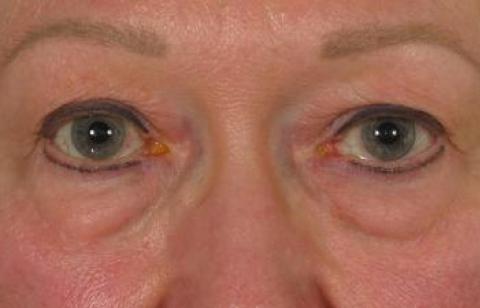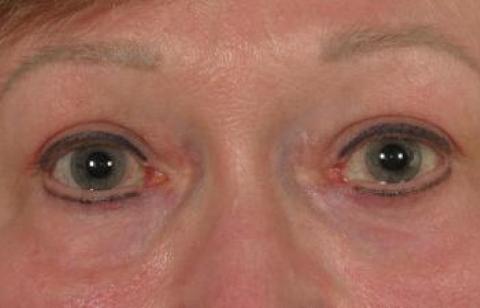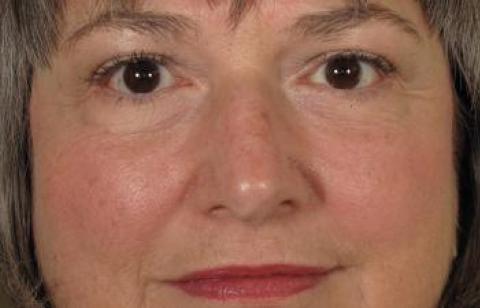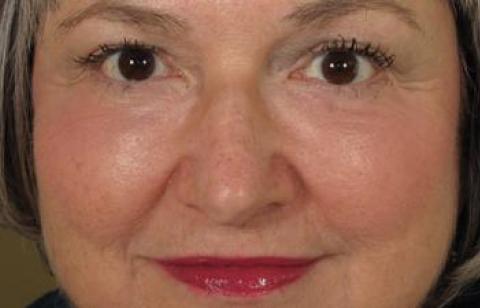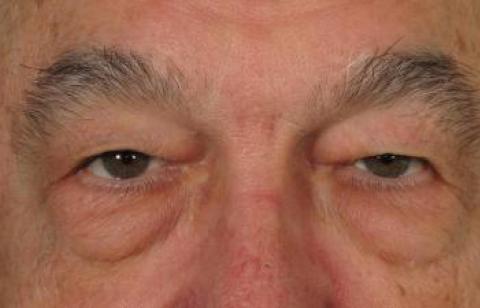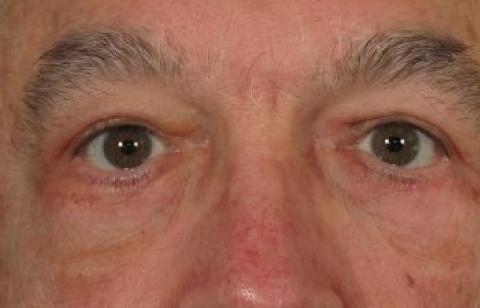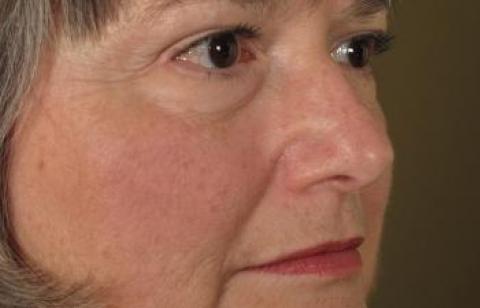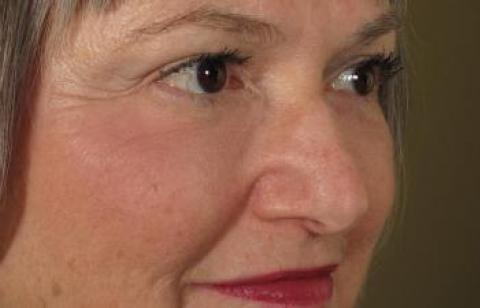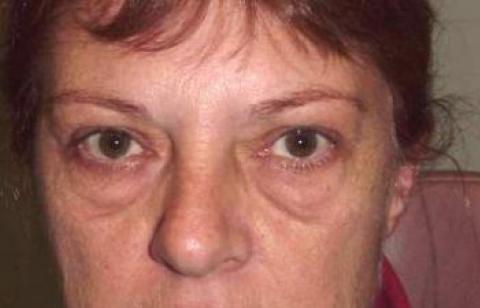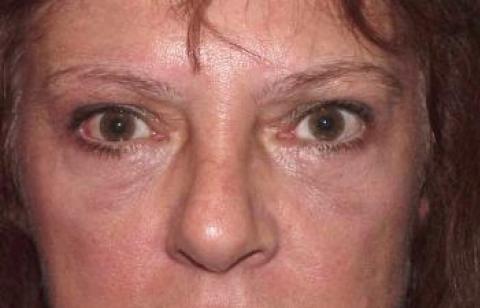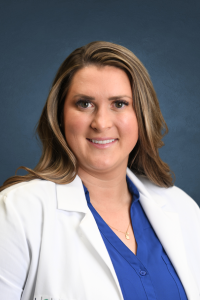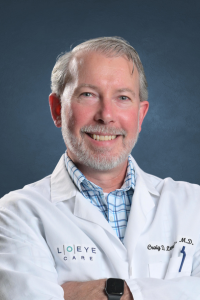Lower Eyelid Blepharoplasty
Changes in the lower eyelid are one of the first areas to show signs of aging due to bulging of the fat pockets, wrinkles, and dark circles. The goal of surgery is to reduce the fullness and wrinkles by creating a smooth and natural contour between the cheek and lower lid. A variety of methods are available that result in a more rested and youthful appearance including:
- Surgical incision behind eyelid (transconjunctival)
- Surgical incision beneath eyelash
- Laser resurfacing
- Surgical incision behind eyelid with laser resurfacing
- Tear trough correction with filler plus resurfacing
FAQs
An ophthalmic plastic surgeon is an ophthalmologist with specialty training in surgery of the eyelid, eyebrow, and tear duct system.
Benefits are maximized and risks are minimized when thorough pre-operative counsel is combined with good surgical technique. Benefits of surgery include improvement in field of vision, less eye fatigue, and improved appearance. The major risks include bleeding and infection.
Surgery is performed in an outpatient surgery center or in the office operating room.
Insurance may pay for upper eyelid or eyebrow surgery if significant visual obstruction can be demonstrated. Photographs and visual fields are submitted to insurance companies for prior approval. Medicare will not pre-approve surgery, but they will cover surgery if certain criteria are met. Lower eyelid blepharoplasty is not covered by insurance.
We make every effort to make the surgical experience pleasant. Explanation of the different steps in the surgical process is helpful to allay fears. Intravenous or oral sedation is given prior to surgery for relaxation. Although all patients should expect some discomfort, most are comfortable after surgery with the help of over-the-counter or prescription pain medications.
Payment by personal check or credit card is requested at least one week prior to surgery for cosmetic cases.
Although a few patients show immediate improvement, response to treatment for most patients is gradual with progressive improvement over 1 to 6 months. Eighty to 90% of patients show measurable and noticeable effects at 6 months.
